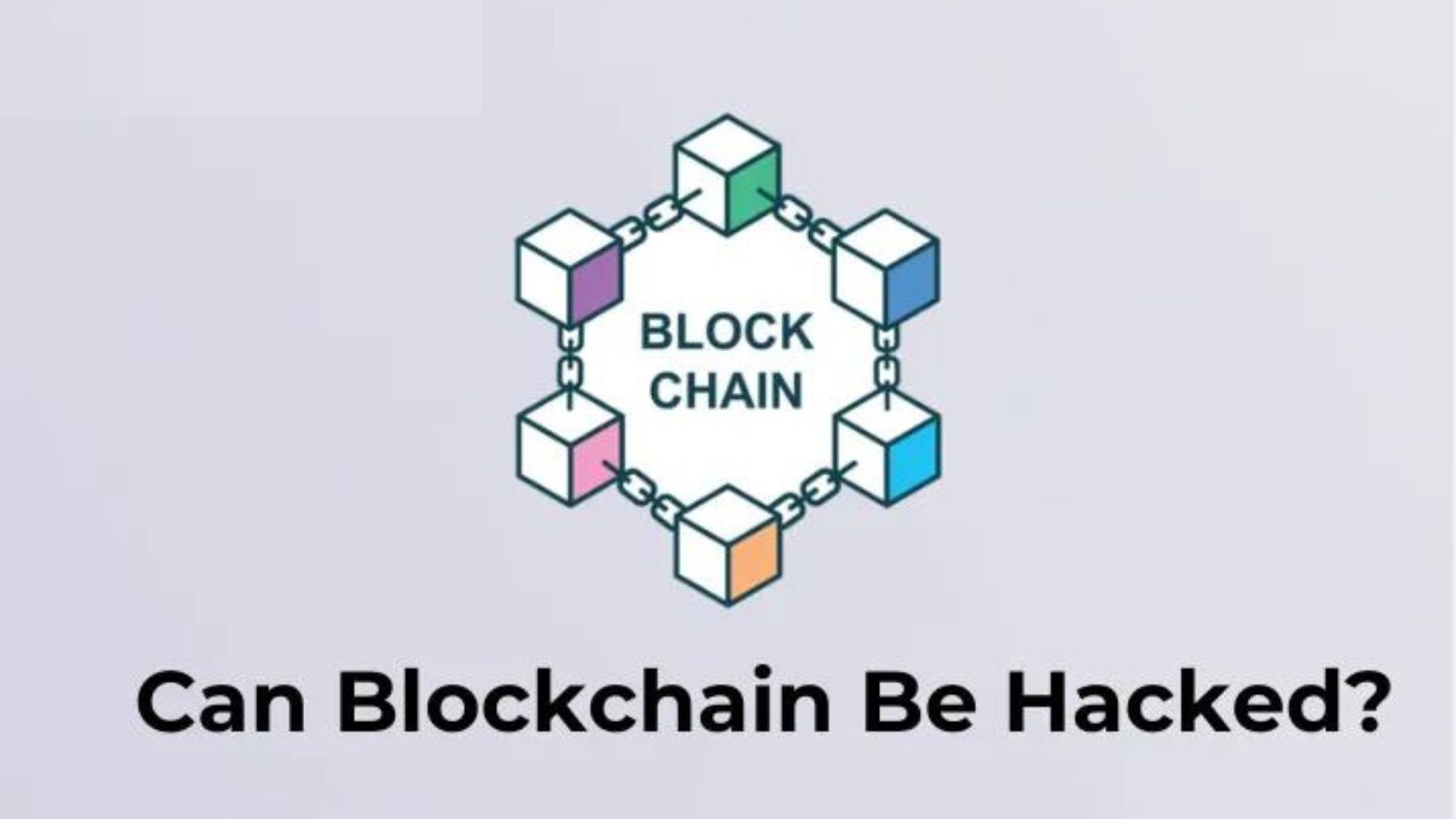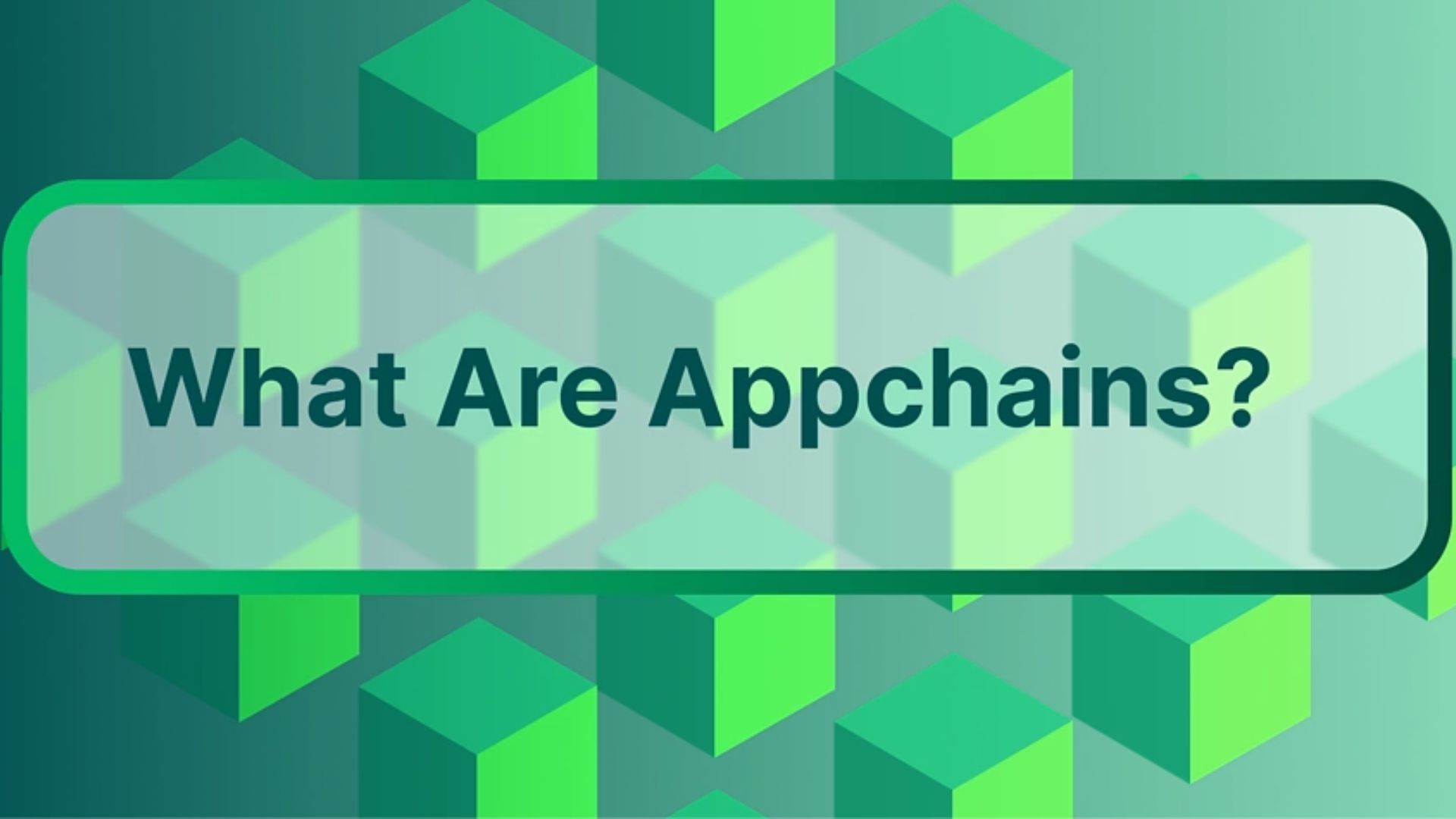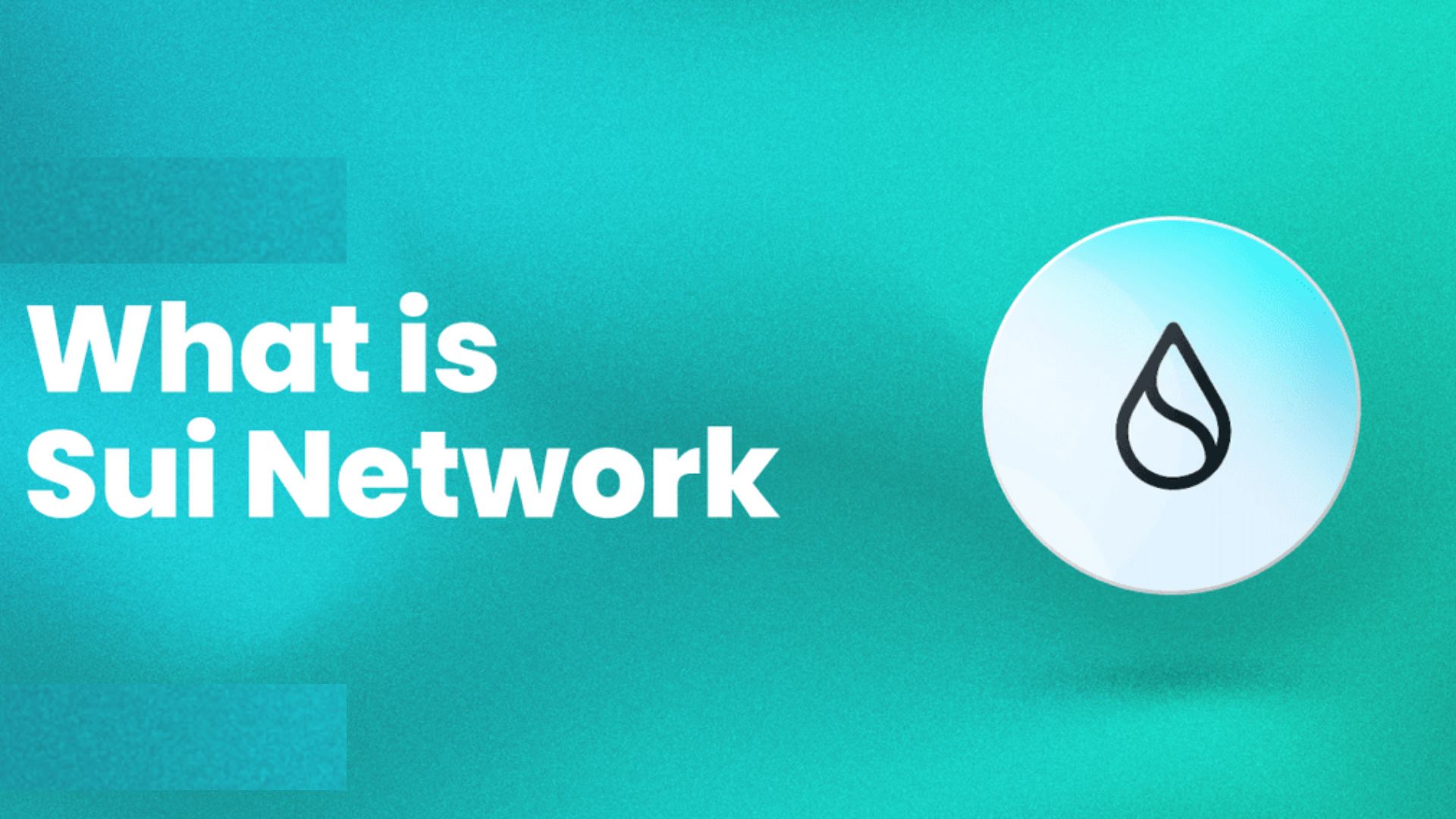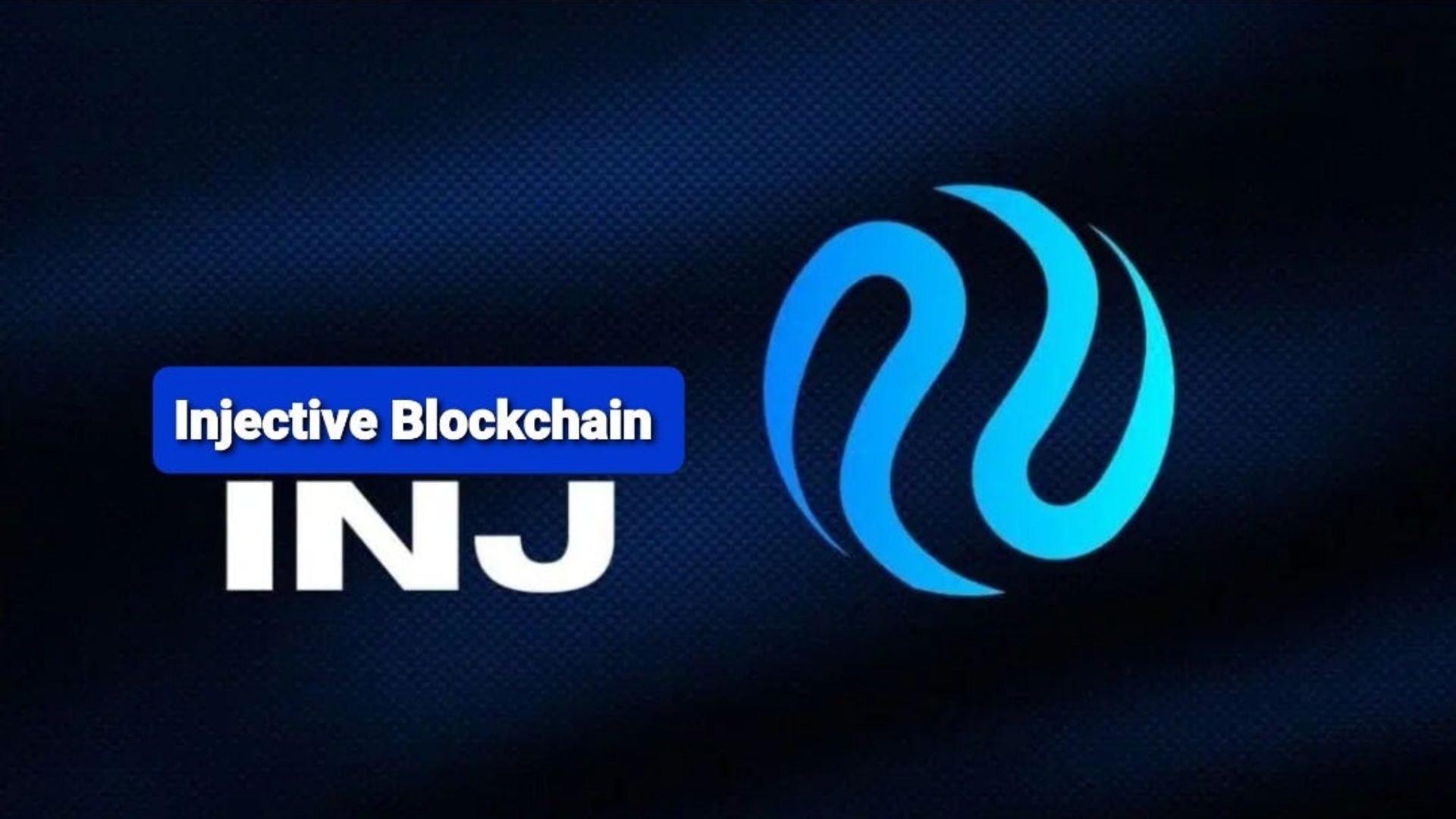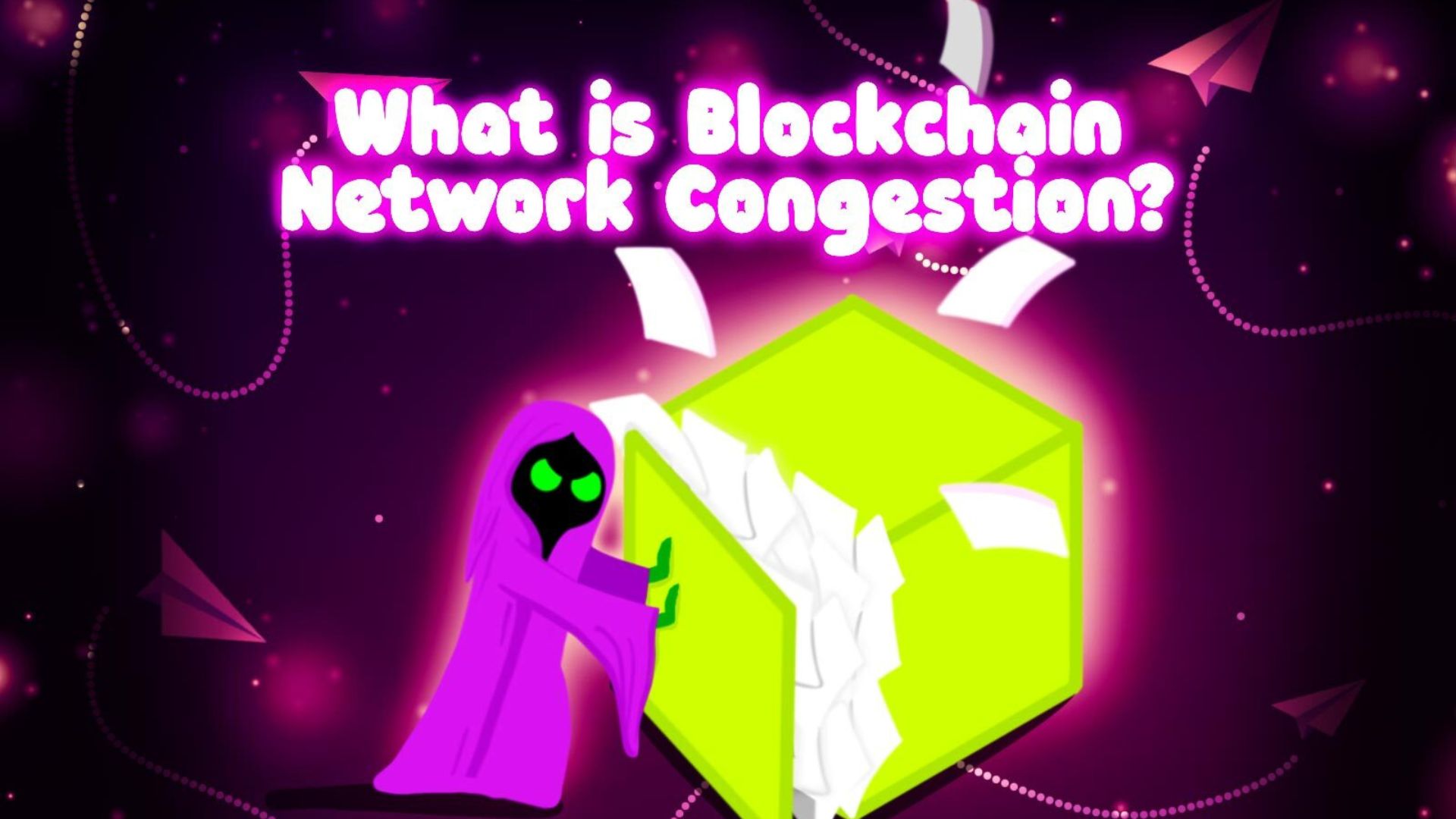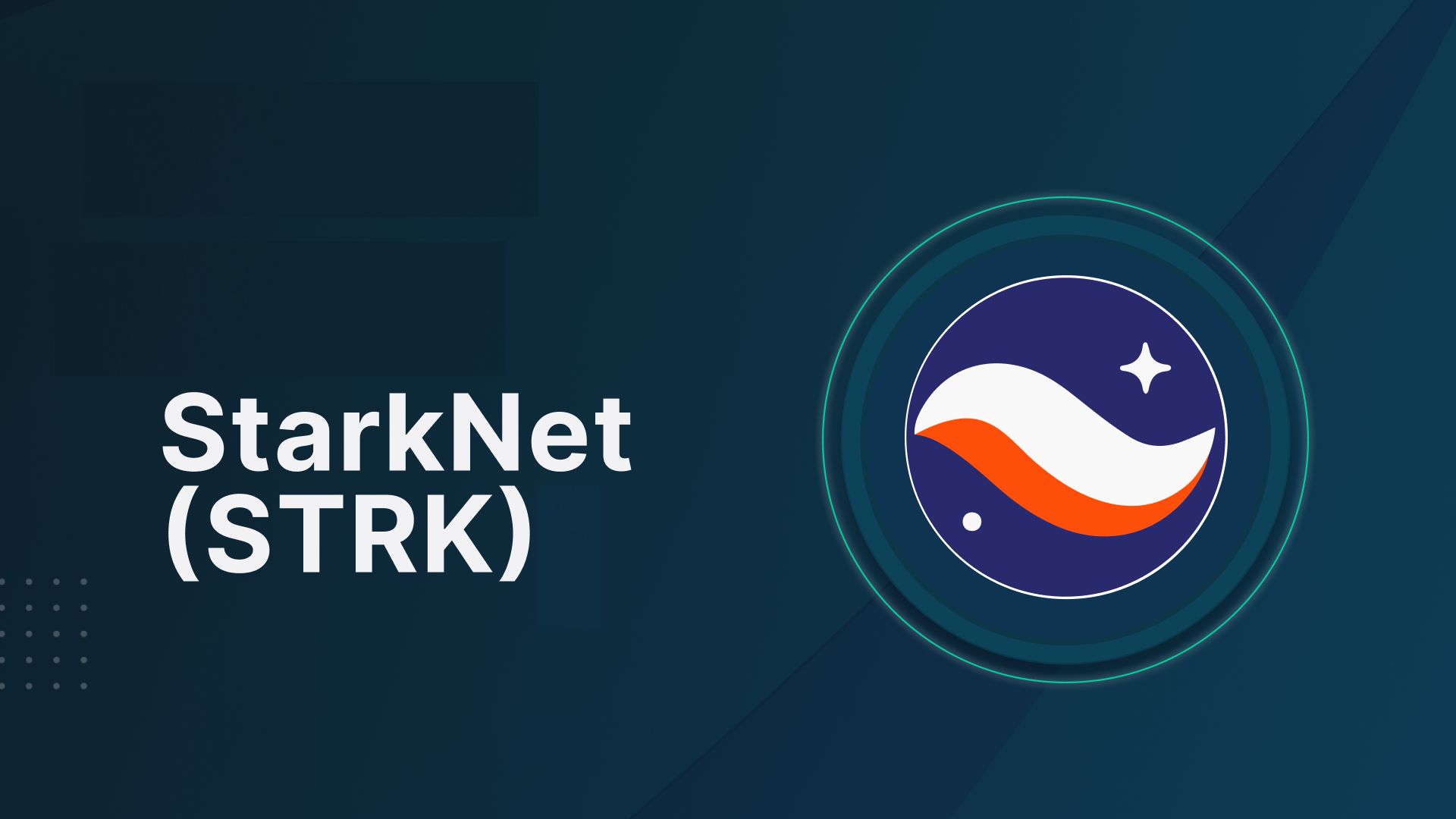Parallelization: How It Scales Blockchain?
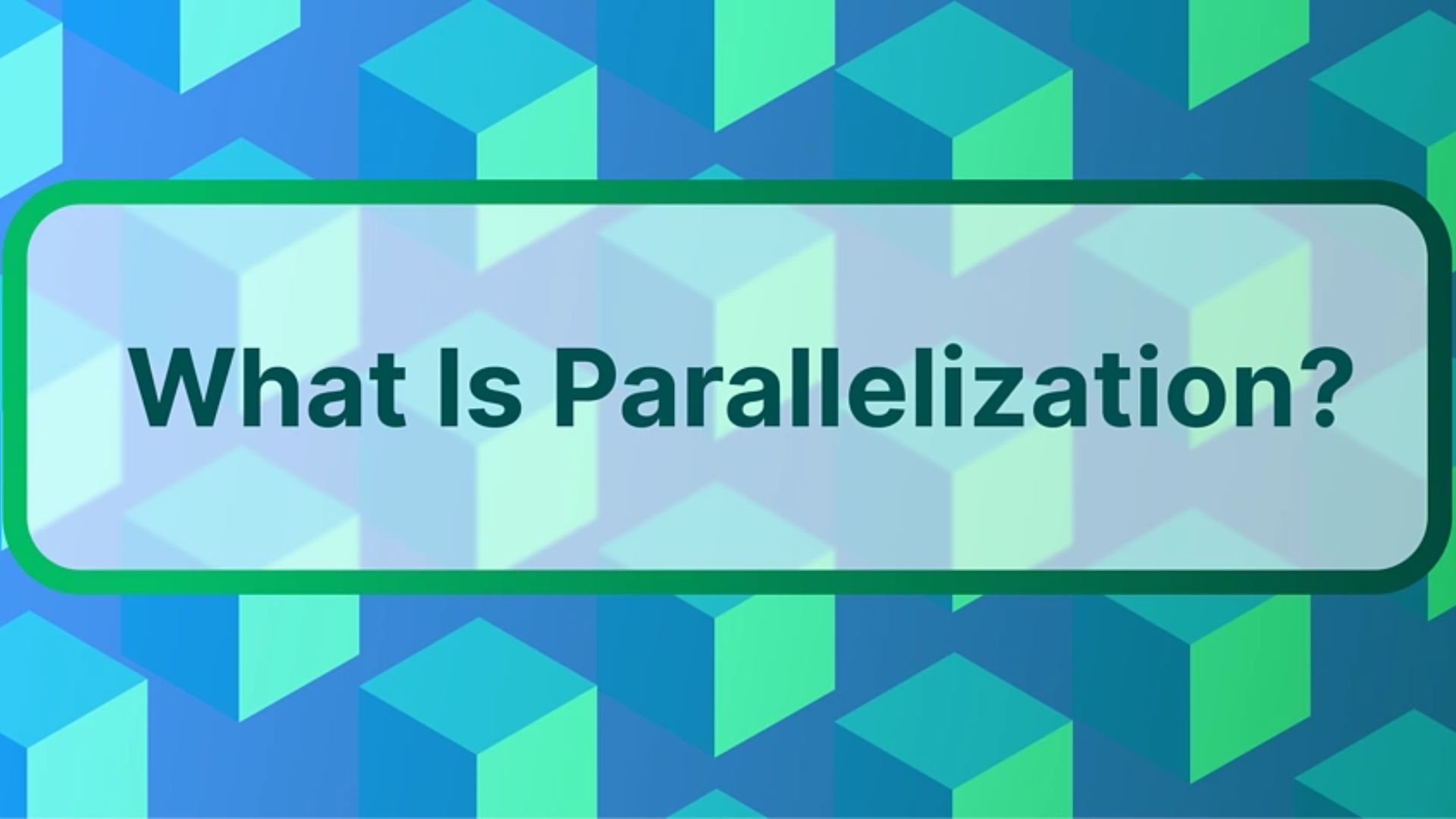
Parallelization: How It Scales Blockchain? A more traditional approach to blockchain technology involves processing transactions sequentially, one after the other. The demand for conventional blockchain networks, however, rises in direct proportion to the use of blockchain technology, leading to increased gas prices and blockchain congestion. Parallelization, Layer 2s, and modularity are some of the scaling methods that blockchain networks are exploring to meet the demand.
This article will examine parallelization and how it enhances the overall agility of a blockchain network. It also explains how it works in conjunction with these other solutions to create a blockchain network that is efficient and scalable.
Parallelization (Parallel Transaction Execution) and Blockchain Scaling
Computer scientists and programmers use the term “parallelism” to describe the practice of dividing large jobs into smaller, more manageable ones. Parallelization in blockchain technology is based on the same principle.
Parallel transaction execution is another name for parallelization. The network is structured to handle transactions simultaneously using this method of transaction processing. What this means is that it handles numerous transactions simultaneously rather than sequentially. Again using the queue analogy, parallelization eliminates the backlog and provides a scenario where these transactions can be distributed throughout the nodes of the network and validated simultaneously. It reflects the impact of the concurrently processed transactions by routing the network through several states. The network reaches consensus among all nodes and reaches a uniform state after each run.
By executing numerous transactions across different nodes or subgroups of a network in parallel, parallel transaction execution makes the most efficient use of all of the available resources in the network, which speeds up processing. It has been demonstrated that this significantly enhances the network’s overall throughput. Theoretically, parallelized networks can process transactions one hundred times quicker than sequential networks.
How Parallel Transaction Execution Works
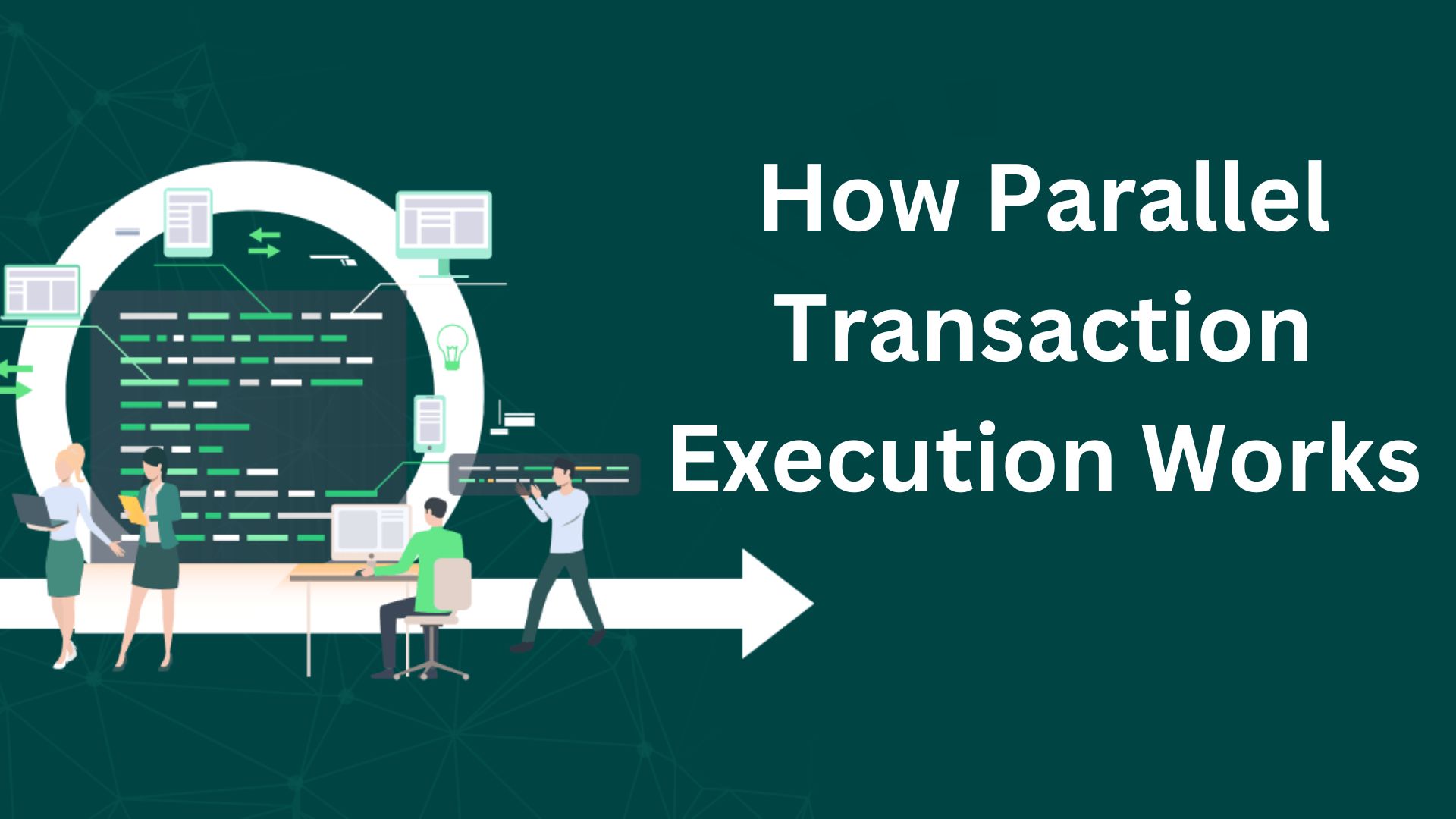
There are two models of Parallel transaction execution:
Optimistic Parallelization
The network skips the sorting stage and processes all transactions simultaneously under the optimistic parallel execution paradigm. It returns to make corrections in the case of erroneous execution, assuming that the transactions in the queue are separate and unconnected. Here, if there are further dependencies on the transaction, it will be re-executed with the updated data.
State Access Parallelization
Sorting transactions is the initial stage in the state access parallel execution architecture. The transactions are categorized by the network based on their impact on the network’s current state. The RPC sends numerous transactions to the consensus system. Accordingly, the network categorizes these transactions, for example, as related or unrelated.
Any two or more transactions that involve the same smart contract or network account are considered related. Unidirectional transactions that engage with various contracts could be considered unrelated transactions. While connected transactions are re-coordinated before processing, the network proceeds to perform unrelated transactions simultaneously to save time and cost. The amount of petrol money spent on each transaction is another possible metric for transaction ranking. The user would have a better experience with processing speed if more expensive transactions could be completed simultaneously.
Benefits of Parallelization
Now, let’s look at some of the benefits of parallel transaction execution.
Scalability
When it comes to scalability, blockchain networks have difficulties; this is where parallelization steps in. Not only does this make the network faster at processing tasks, but it also lets it scale horizontally by distributing them throughout its nodes. At times of heavy demand, the network can expand its available resources by contracting additional nodes; at other times, it can revert to regular operation. With this kind of scalability, the network may be adjusted to meet changing demand.
Lower Gas Costs
Not only does parallelization reduce time, but it also saves money on other expenses, such as transaction fees. Instead of every node in the network validating a transaction, as in the sequential model, a smaller subset of nodes validates each transaction, resulting in a cheaper charge for each transaction. A reduced fee is applied to each transaction because there are fewer transactions in queue and less competition to have them validated due to the faster transaction speed.
High Transaction Processing Speed (TPS)
The network significantly reduces the time it takes to complete each transaction by distributing the work among numerous nodes. According to blockchain networks that use parallelization, they have increased transaction throughput (TPS) by a factor of 100 compared to sequential processing model networks, such as Solana, which boasts over 50,000 TPS (although actual speeds may vary depending on current demand).
Complexity: Challenge of Parallel Transaction Processing
Parallel transaction processing is more complicated, but it greatly improves network agility. The necessity to sort transactions and resolve the numerous states established throughout each run is the root cause of the complexity and difficulty.
The network may encounter problems when processing connected transactions if optimistic parallelization is used. For example, the same account may receive transactions from various addresses. To guarantee that the balances in these wallets are accurate, the network must settle these transactions. Implementing schedulers to guarantee dependent transactions are executed only upon completion of precursor transactions is one-way networks that employ the optimistic parallel transaction processing model to circumvent this issue.
The state access approach takes care of this right away, but the nodes still have to manage the high data throughput and frequent network synchronization. The various varieties of parallel processing networks will be examined now.
Parallelized EVMs
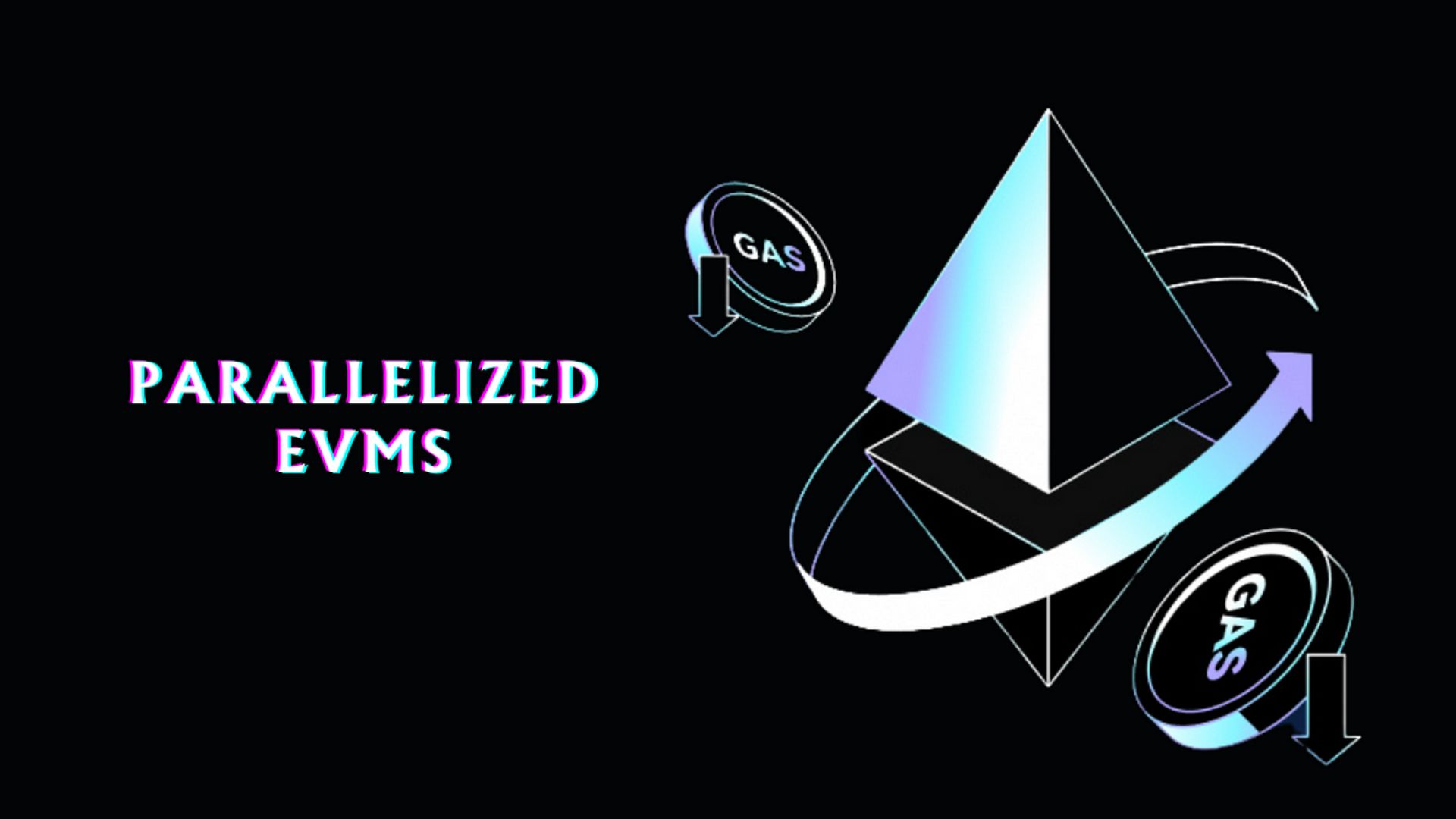
One of the earliest examples of a decentralized virtual computer was the Ethereum Virtual computer (EVM). Because it allows developers to simply transfer popular decentralized applications (dApps) without starting from scratch, it is also the most popular virtual machine. The ability to deploy code on higher-throughput blockchains without modifications is what makes parallelized EVMs attractive to Ethereum developers.
Sei Network
Built with the Tendermint core and Cosmos SDK, Sei is a blockchain network tailored to decentralized finance. This functionality handles orders from separate markets in simultaneously while executing orders from the same market sequentially. Sei announced its plans for the v2 update in a paper released in November 2023. A redesigned system with EVM compatibility and optimistic parallelization will be part of the V2 upgrade. The second version of Sei will have a shared blockchain that supports both EVM and non-EVM protocols.
Monad
Layer 1 blockchain network Monad is compatible with EVM. With a transaction speed of up to 10,000 TPS, it promises to solve the big problems affecting blockchain networks’ performance right now. Optimistic parallel execution is one tool Monad uses for this. Using a static code analyzer, Monad can anticipate required transactions, which are then done first, eliminating the potential of improper executions.
Polygon
Polygon announced its intention to incorporate the idea of transaction parallelization into the Polygon POS chain as early as 2022, drawing inspiration from the work of the Aptos blockchain in this area. One of the difficulties with this idea, according to Polygon, is the sorting and execution of connected transactions. To get around this, Polygon used a “minimal metadata approach” that entailed validators being informed about how to process dependent transactions and how to fill blocks efficiently by attaching metadata to them after parallel execution.
Neon EVM
When it comes to EVMs based on the Solana blockchain, Neon is the pioneer. As a result of Solana’s parallel transaction execution technology, this merges the EVM’s strengths with the blockchain’s high throughput. For this arrangement to function, a proxy must be used to encapsulate Ethereum transactions within the Neon EVM that is hosted on Solana. Only then can these transactions be parsed on the Solana blockchain.
Other Parallel Processing Networks
In addition to initiatives that aim to incorporate parallel transaction execution into the Ethereum virtual machine, there are additional networks that utilize parallel processing, such as:
Solana
The idea of parallel transaction execution was one that Solana Network helped develop. Anatoly Yakovenko, co-founder of Solana, claims that parallelization is one of eight critical elements that allow the Solana blockchain to achieve its high throughput. Solana’s parallel smart contract runtime, SeaLevel, can handle tens of thousands of contracts if a validator has enough cores. Due to the rapid validation of each transaction, a considerable amount of time is saved.
The smart contracts architecture and the functionality of the account make Solana’s parallelization possible. When developing a Solana smart contract, it is important to specify which states you want to communicate with. To facilitate the sorting of these transactions according to their state access, every software defines the account it plans to communicate with beforehand. The virtual machine plans for the parallel execution of unrelated transactions that do not overlap.
Sui
Along with the state access parallelization model it runs, Sui also presents the idea of objects and consensus bypass. Sui assets, which are the basis of smart contracts on the blockchain, are referred to as objects. There are two types of transactions: simple and complex. Regular operations, such as transferring assets, do not entail a shared object and can be completed instantaneously without contracting the consensus system. These are examples of simple transactions.
Shared objects and substantial smart contract interactions are necessary for complex transactions. Unrelated transactions in a parallel network are sorted by their network state impact. The processing of related transactions takes place sequentially. Sui asserts that this method may reach transaction speeds ranging from 10,000 TPS to 290,000 TPS, subject to network demand and other factors.
Aptos
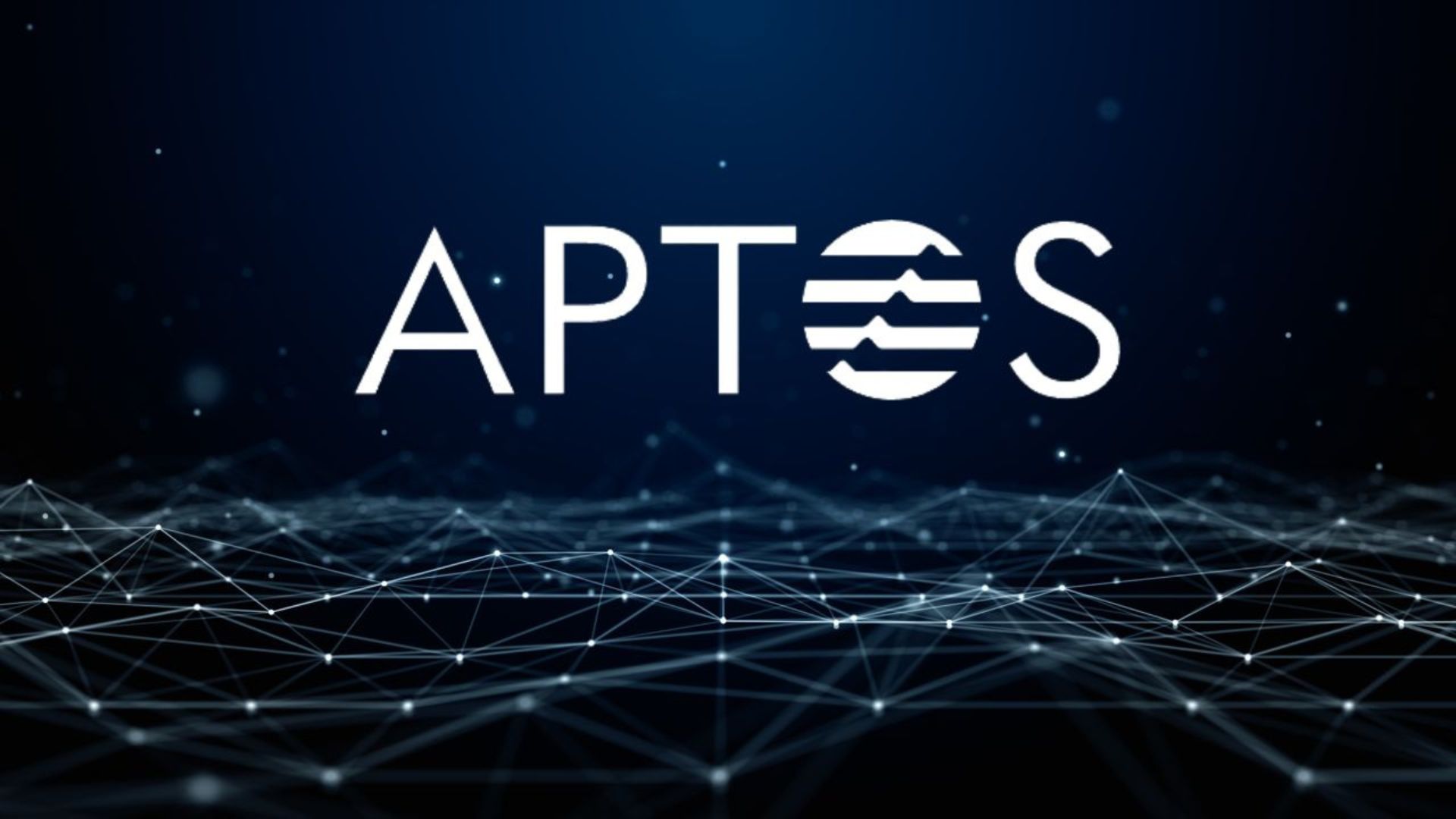
The transaction processing speed of Aptos is up to 160,000TPS, according to their claims. Part of the credit for this goes to the way its system for parallel transaction execution is organized. In its optimistic parallel execution paradigm, Aptos processes transactions concurrently on the premise that they are unrelated to one another. Despite the time savings, this approach has the potential drawback of requiring a repetition of the transaction in the event of an error.
Aptos, on the other hand, asserts that its system can recognize connected transactions automatically following execution. It uses Block-Software Transaction Memory (Block STM) to track reaction changes and locations. We wipe the results and try again until we get the right ones for every parallel transaction that gives an inaccurate result.
Conclusion
Modern blockchain initiatives aim to speed up decentralized network transaction processing without sacrificing security. Recent advances in this field include layer 2 solutions and, more recently, parallelization. The concept of parallelization is straightforward, but its execution is complicated. As transactions are executed sequentially, the bulk of the blockchain network’s resources sit idle at one point. As we’ve seen throughout this essay, parallelization eliminates the need for a “queue” system, but it also creates a more chaotic processing environment, which ultimately results in faster performance.
